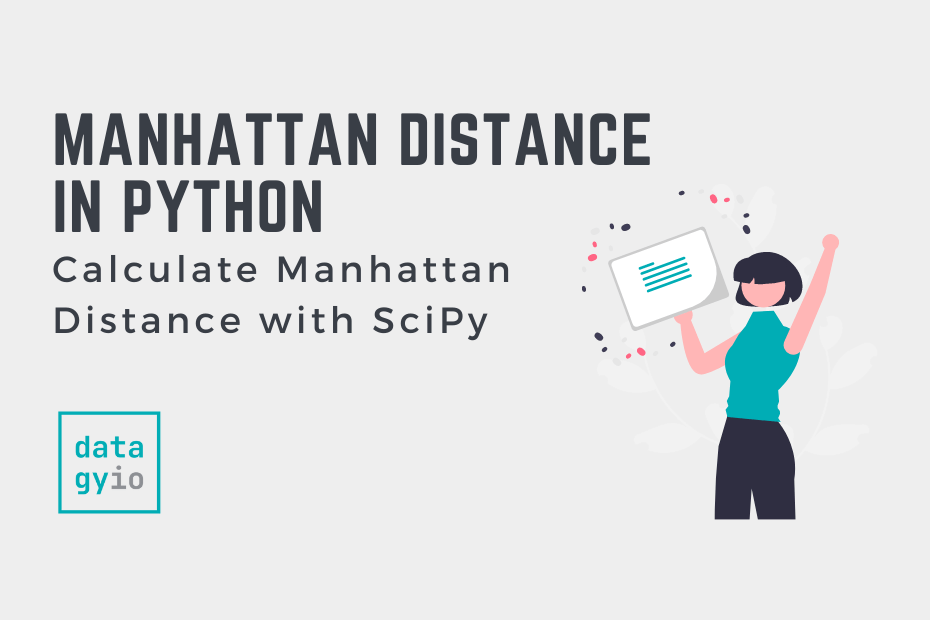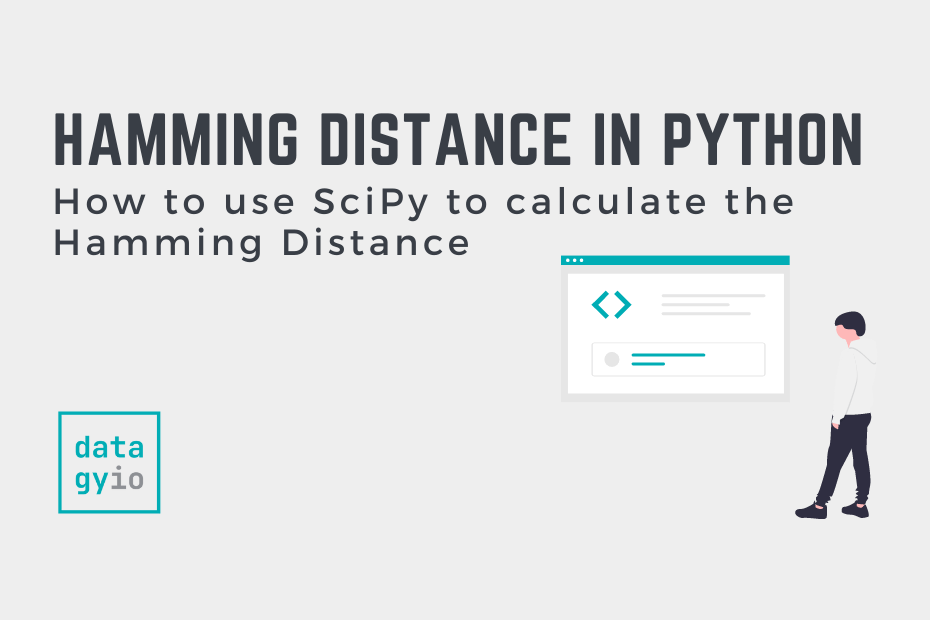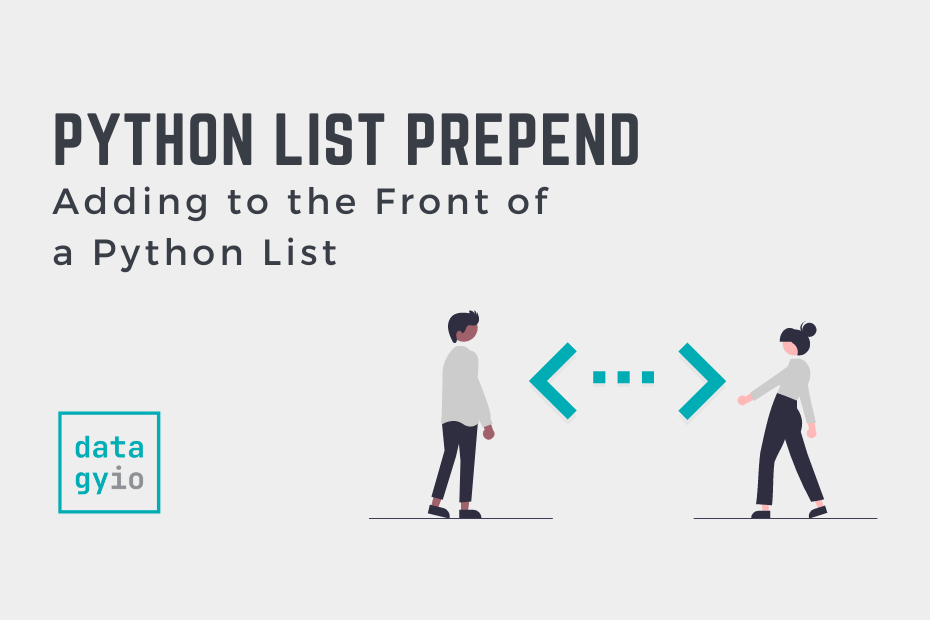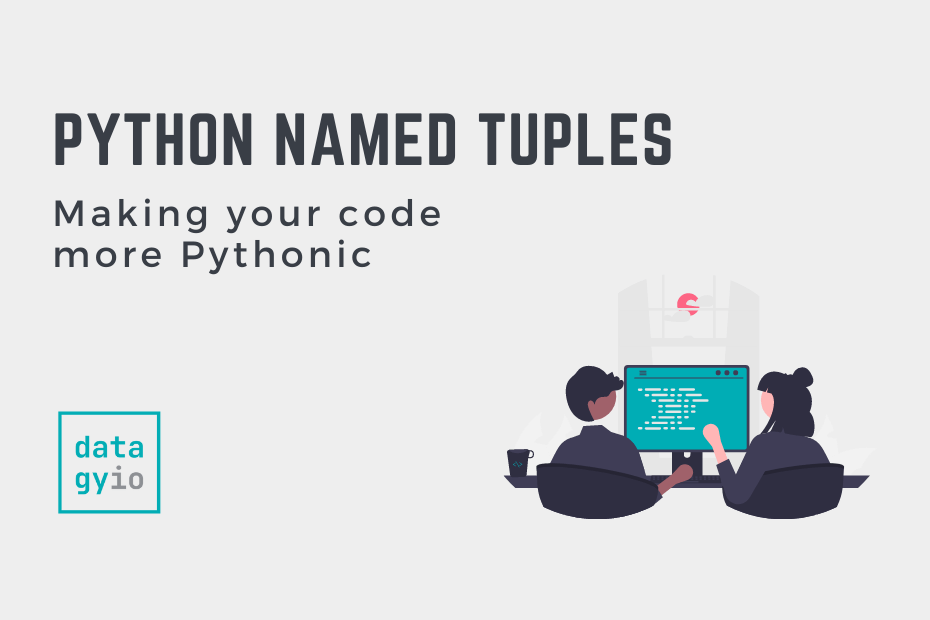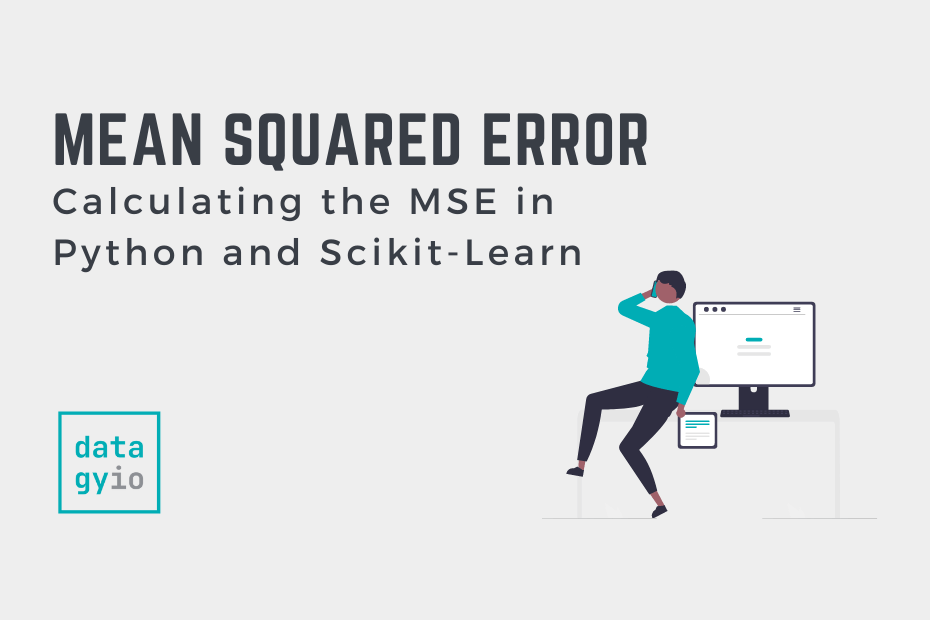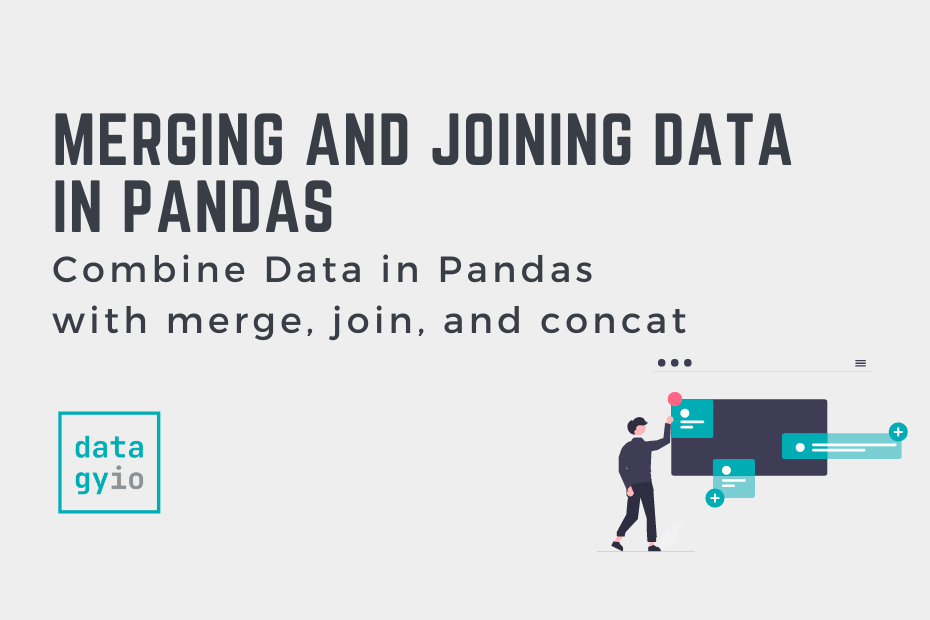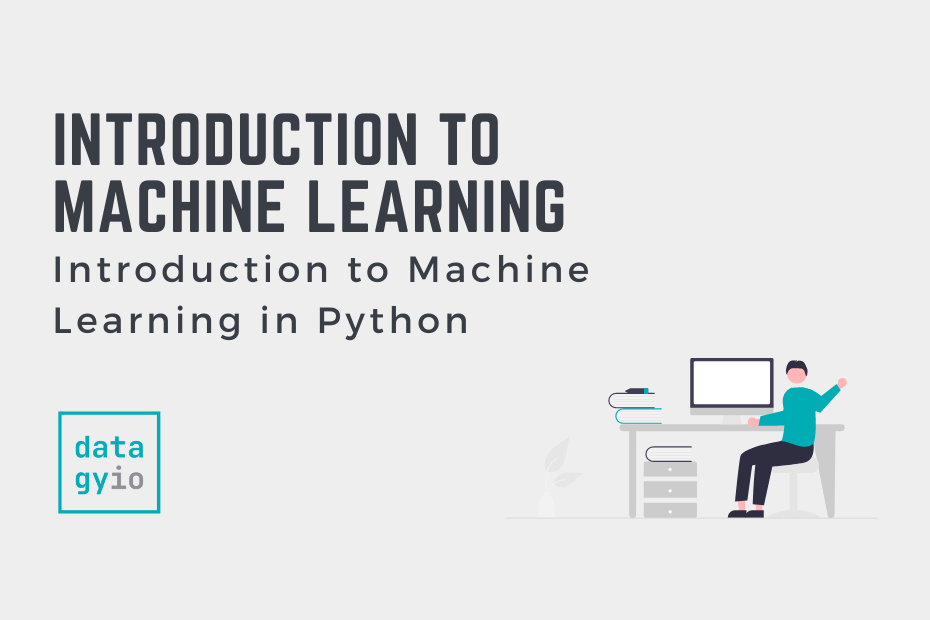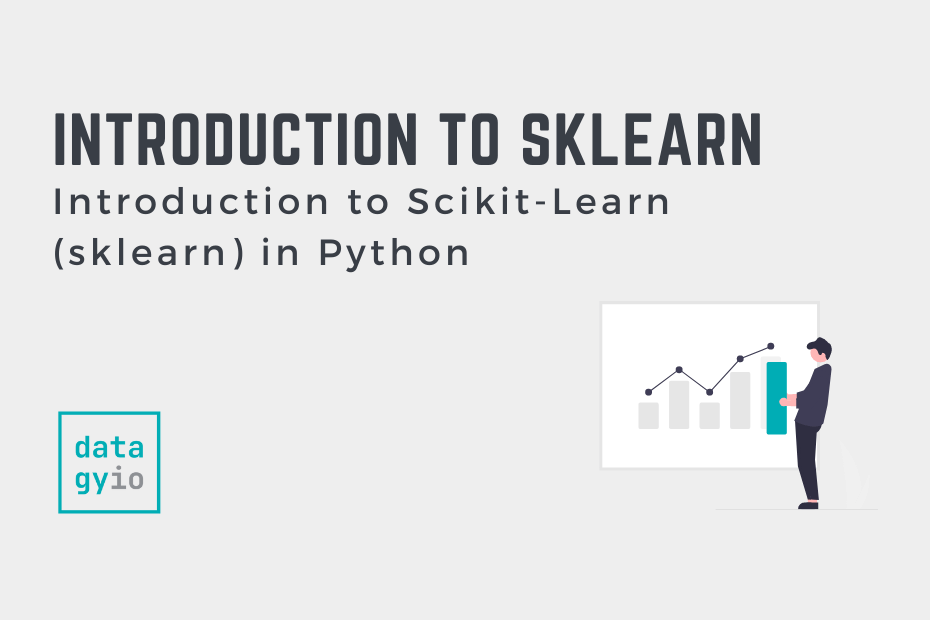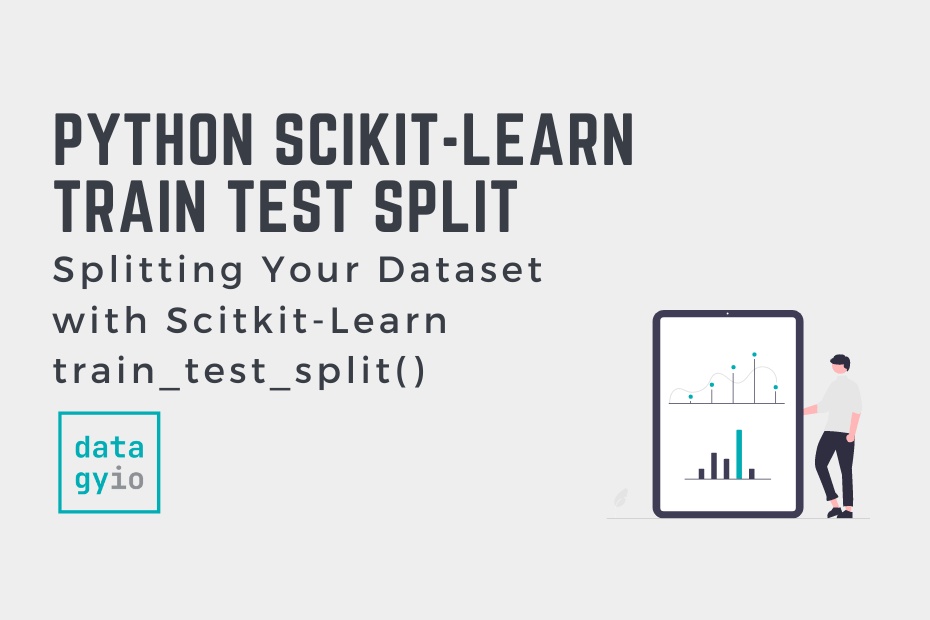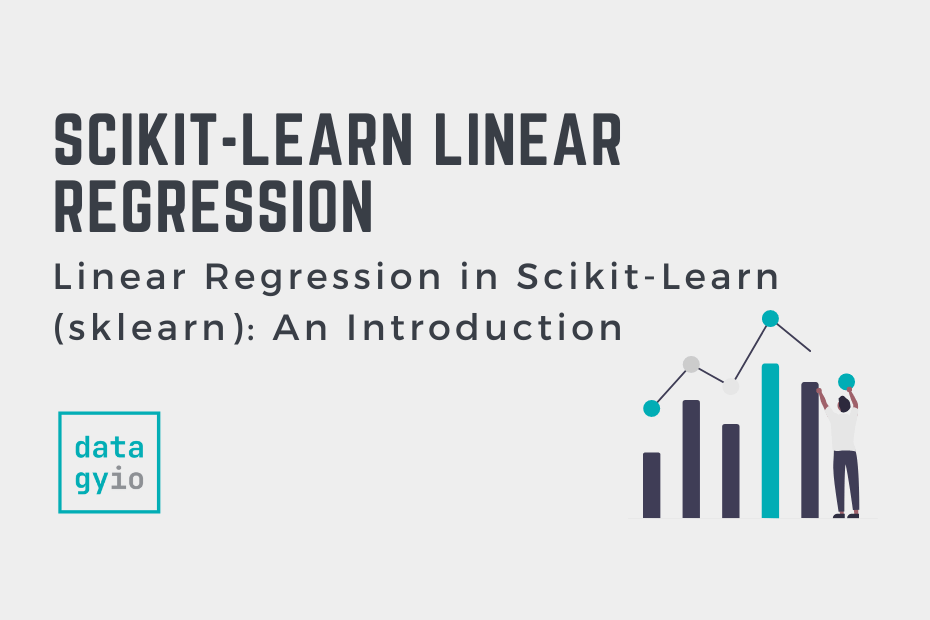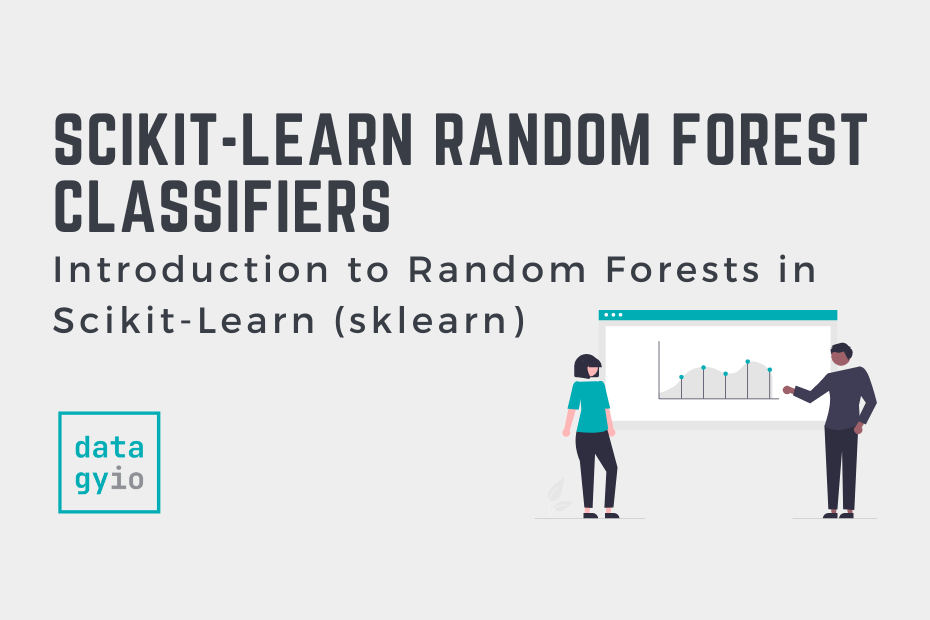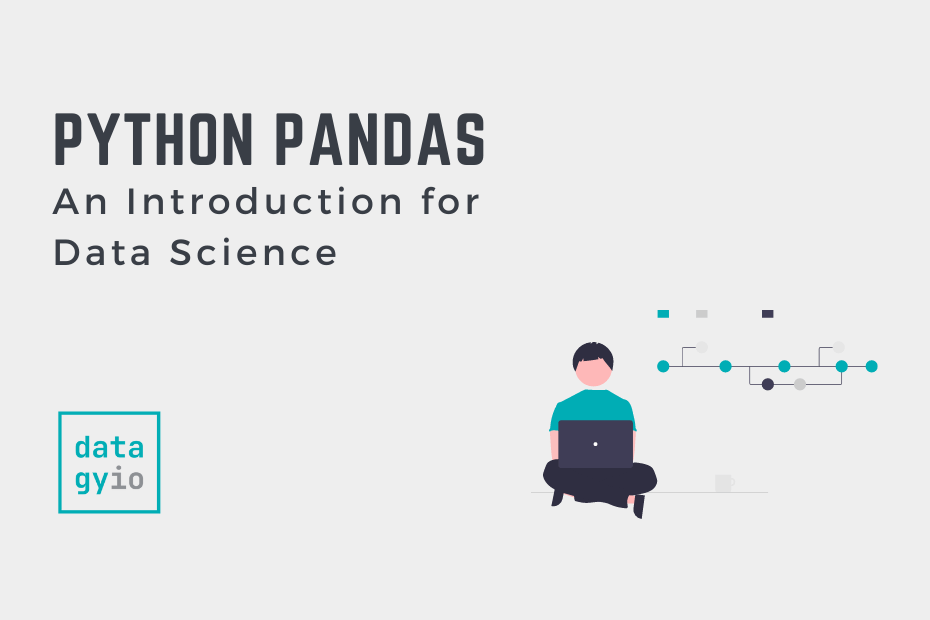Calculate Manhattan Distance in Python (City Block Distance)
In this tutorial, you’ll learn how to use Python to calculate the Manhattan distance. The Manhattan distance is often referred to as the city block distance or the taxi cab distance. The Manhattan distance can be a helpful measure when working with high dimensional datasets. By the end of this tutorial, you’ll have learned: What […]
Calculate Manhattan Distance in Python (City Block Distance) Read More »

